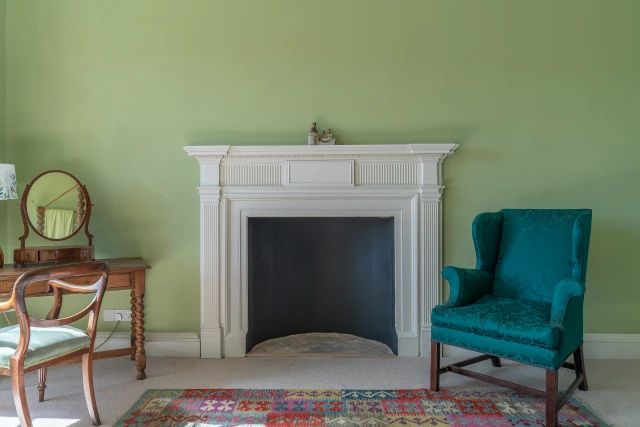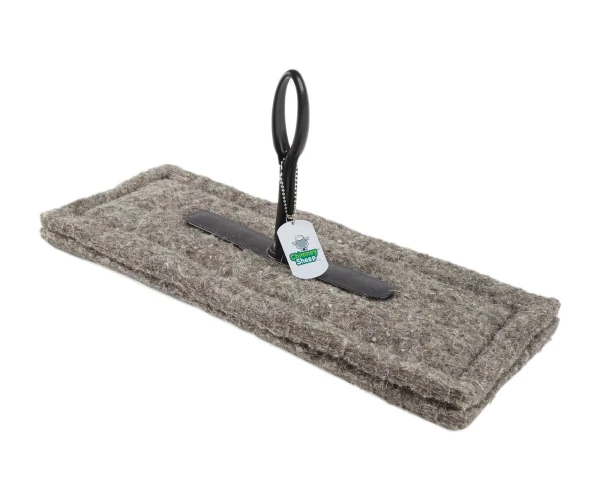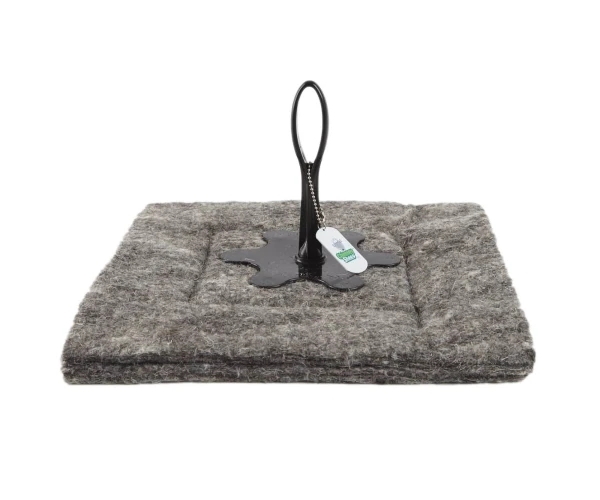Go to Section
This pull of air is known as the stack effect. It’s an intentional part of the design of your chimney, as it’s what pulls smoke safely up your chimney and out of the house, and also what ensures a steady supply of oxygen to your fire, keeping it alight.
However, when you’re not using your fireplace, this continuous exchange of air can make your home less energy-efficient, forcing your heating system to work harder to maintain a comfortable temperature, and leading to higher heating bills and a colder house, particularly if you don’t use your open fireplace very often.
If you have an open chimney, taking steps to reduce this airflow is a very effective way of reducing your overall energy consumption, save on your bills and keep your home at a more comfortable temperature. There are a few ways you can reduce or stop draughts from your chimney:
Check your chimney
Before you make any changes, it’s important to understand where any draughts are coming from. Check your chimney for any signs of cracks or damage and ensure that any existing dampers are undamaged and functioning correctly.
You may need to consult a professional chimney sweep to properly diagnose any issues with your chimney. Any signs of cracks, issues with your flue liner, or damage to the brickwork or flashing need to be fixed as a priority, because not only can these contribute to draughts, over time they can lead to more serious issues such as damp or even structural problems with your house.

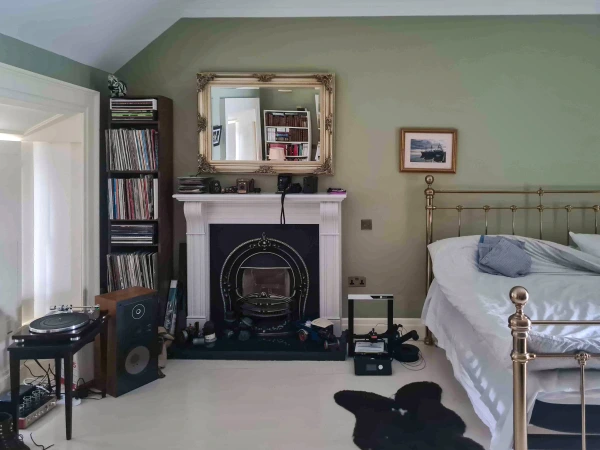
Use a chimney damper
Your chimney’s damper is your first line of defence against draughts when the fireplace isn’t in use. If you don’t have one, or you do but it’s not working correctly, your chimney will be funnelling warm air out of your house all the time, even when the stack effect isn’t needed because a fire isn’t burning.
It’s important to make sure you’re using your damper correctly. Open it fully before you light a fire to avoid a build-up of smoke inside and remember to close it fully when the fire is completely out. If you’re lighting a fire in the evening, this usually means leaving the damper open overnight.
Install a chimney cap or screen
A chimney cap is a protective cover that can protect your chimney while preventing draughts from entering your home.
A cap blocks the physical entry of birds, pests and other debris to help keep your chimney clear, and it also prevents water ingress, reducing the risk of damage to your home from rain or snow. A chimney cap also acts as a windbreak, which can prevent strong gusts of wind from travelling down your chimney, helping to reduce heat loss.
A chimney cap should be installed by a professional and requires regular maintenance to ensure it doesn’t become blocked by ash or leaves over time.
Seal the fireplace opening
Hearth covers help to seal off your fireplace when they’re not being used, blocking the chimney and reducing heat loss. Whether you choose a simple magnetic cover or choose to have metal or glass doors installed, these can help to create an airtight seal and keep your rooms warmer when your fireplace is not being used.
If you’re getting cold air leaking from your fireplace surround, you may need to seal this to prevent air from escaping. Apply weatherstripping around the fireplace opening to create a seal that prevents air leakage, and seal larger gaps with a suitable product, such as heat-resistant fireplace caulk.
Install a chimney sheep
A chimney sheep is an insulating device used to cover the opening of a fireplace or chimney when it’s not in use, stopping chimney draughts by creating a tight seal over the fireplace or chimney opening when it’s not in use.
Inflatable “balloon” type chimney blockers can be installed to completely block airflow through your chimney, but this type of blocker can cause issues by blocking too much air, leading to condensation or mould when humidity becomes trapped.
The Chimney Sheep is made of a thick layer of wool insulation wrapped around a flexible, waterproof outer cover. When installed correctly, it forms an airtight seal that reduces draughts by 90%, while still allowing a safe level of ventilation so that any built-up moisture inside the chimney is able to escape.
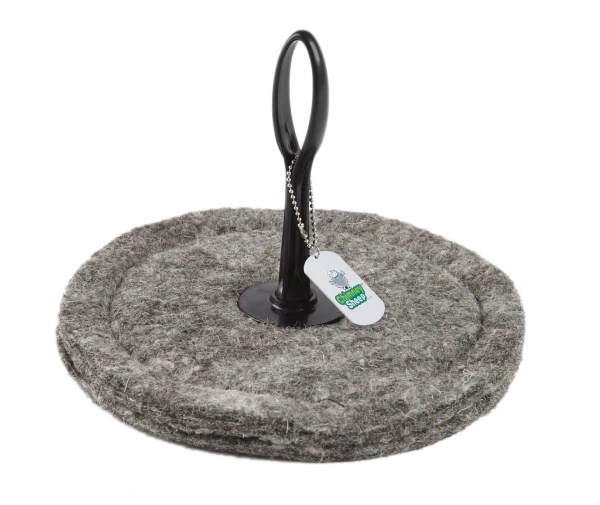

Decommission your fireplace
If you no longer want to use your open fireplace, you can permanently brick it up. This will stop draughts completely, offering the best possible results if you know you’re not going to use your chimney again. With open fires a major source of fine particulate matter than can have negative health impacts, taking your open fire out of commission could help benefit the air quality both in your home and in your local area too.
If you choose to permanently decommission your fireplace, you’ll need to seal the chimney behind your fireplace as well as at the top. It’s important to ensure that you leave some trickle ventilation in place, however, to reduce the risk of condensation or damp problems if airflow is stopped entirely.
Stop draughts in their tracks with expert product advice
If you have questions about selecting the right products improving the airtightness of your home and reducing draughts, the expert team at Ecological Building Systems can provide help and advice.
Contact us today: https://www.ecologicalbuildingsystems.com/contact



